I'm trying to convert BGR to YUV with cvCvtColor method AND then get reference to each component.
The source image (IplImage1) has following parameters:
- depth = 8
- nChannels = 3
- colorModel = RGB
- channelSeq = BGR
- width = 1620
- height = 1220
Convert and get the components after conversion:
IplImage* yuvImage = cvCreateImage(cvSize(1620, 1220), 8, 3);
cvCvtColor(IplImage1, yuvImage, CV_BGR2YCrCb);
yPtr = yuvImage->imageData;
uPtr = yPtr + height*width;
vPtr = uPtr + height*width/4;
I have method that converts the YUV back to RGB and saves to file. When I create the YUV components manually (I create blue image) it works and when I open the image it's really blue. But, when I create YUV components using the method above I get black image. I think that maybe I get reference to YUV components wrongly
yPtr = yuvImage->imageData;
uPtr = yPtr + height*width;
vPtr = uPtr + height*width/4;
What could be the problem?




